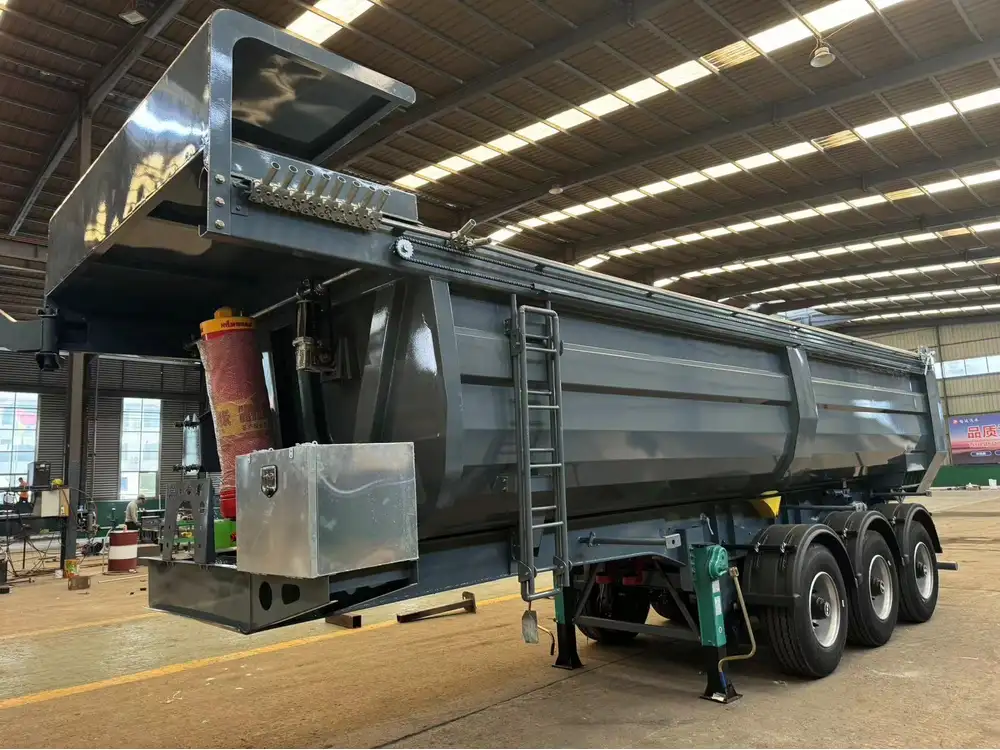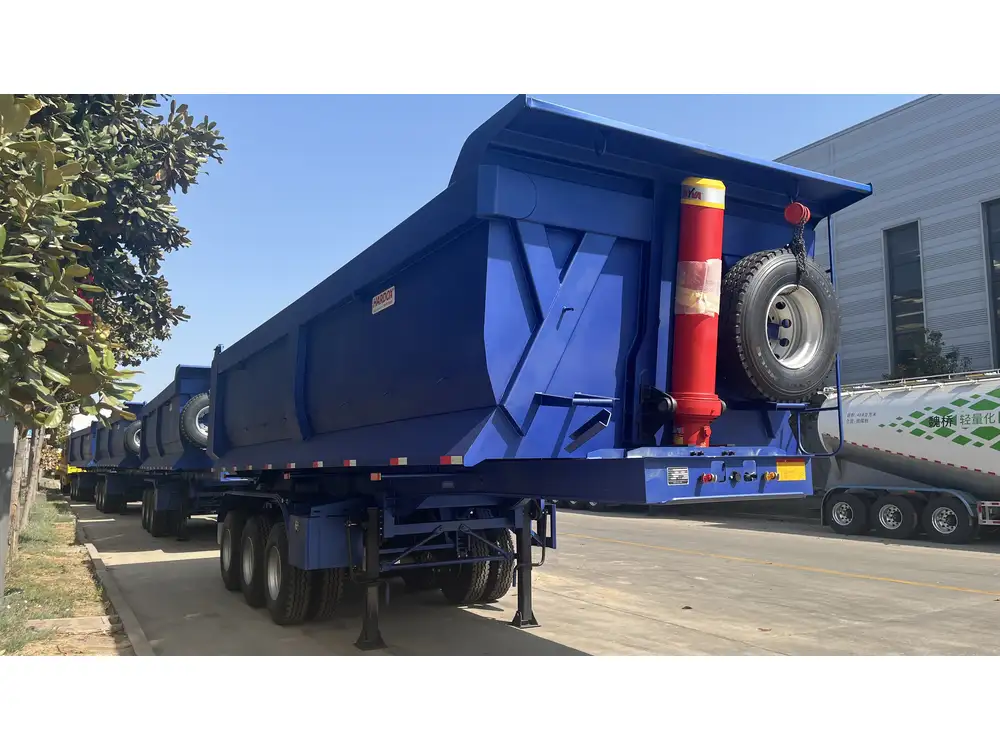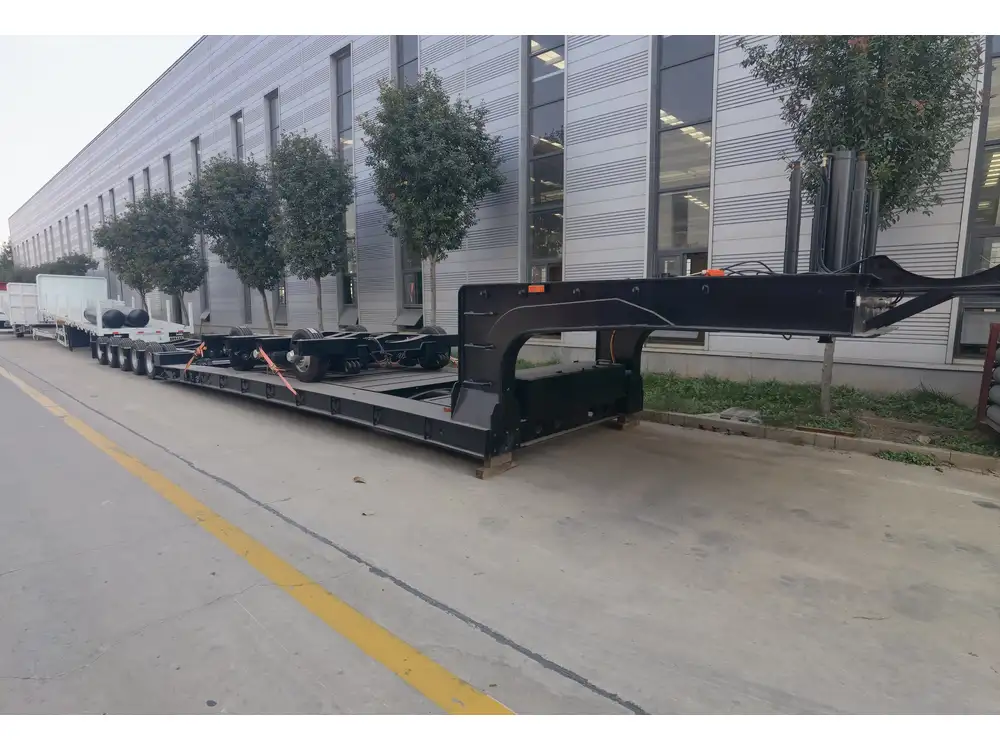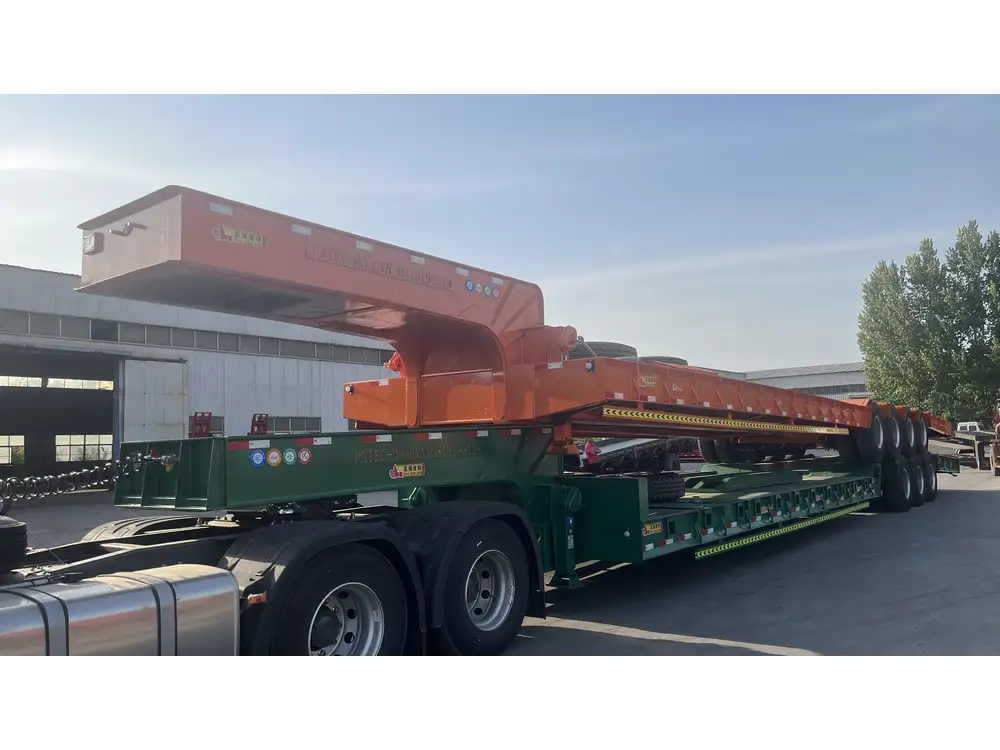When it comes to logistics and transportation, understanding cargo space is critical for efficiency and profitability. One key aspect that truck operators, fleet managers, and shipping coordinators often inquire about is: What is the square footage of a 53-foot semi-trailer? This article delves into the specifics of 53-foot semi-trailers, their dimensions, and their utility, ensuring you have comprehensive information to make informed decisions.
Dimensions of a 53-Foot Semi-Trailer
To better understand the square footage, it’s essential to first clarify the standard dimensions of a 53-foot semi-trailer. Typically, these trailers come with the following measurements:
| Dimension | Measurement |
|---|---|
| Length | 53 feet |
| Width | 8.5 feet (102 inches) |
| Height | 13.5 feet (162 inches) |
| Total Capacity | Approximately 26-30 pallets, depending on pallet sizes |
Calculation of Square Footage
The next step in our exploration is the calculation of square footage, which serves as a basis for understanding cargo capacity. The formula to calculate the area (square footage) is straightforward:
[ \text{Area} = \text{Length} \times \text{Width} ]Considering the standard 53-foot semi-trailer:
- Length in inches: 53 feet x 12 inches = 636 inches
- Width in inches: 8.5 feet x 12 inches = 102 inches
Now, substituting in the formula:
[ \text{Area} = 636 \, \text{inches} \times 102 \, \text{inches} = 64,872 \, \text{square inches} ]To convert square inches to square feet:
[ \text{Square Feet} = \frac{64,872 \, \text{square inches}}{144} \approx 450.5 \, \text{square feet} ]Thus, the average square footage of a 53-foot semi-trailer is approximately 450.5 square feet. This value, however, can vary slightly based on the specific design and modification of the trailer.

Utilization and Capacity Considerations
Loading Strategies
Understanding square footage is merely the tip of the iceberg when it comes to maximizing the potential of a 53-foot semi-trailer. Different loading strategies can make a significant difference in optimizing cargo space. Consider the following:
Palletization: Optimal arrangements of pallets can lead to more efficient use of space. A standard pallet measures 48×40 inches. Depending on load configuration, you can stack or arrange pallets in different ways to maximize capacity.
Weight Distribution: Proper weight distribution is crucial not just for safety but for maximizing the trailer’s use. Overloading one side can lead to wear and potential accidents.
Cargo Types
Different types of cargo will also affect the use of square footage:
Stackable vs. Non-Stackable: Lightweight and stackable materials can be piled higher, utilizing vertical space effectively versus heavier items that need more floor space but less vertical stacking.
Dimensional Weight Considerations: For some transport companies, the dimensional weight (the volume of a package) can be more critical than actual weight, meaning that a trailer’s availability is calculated not just by weight but also by how its space is utilized.

Loss Adjustments
To account for the loss of space incurred by trailer parts such as wheel wells and interior structures, it may be prudent to reduce the usable square footage slightly. Adjust each loading plan with real measurements based on the specific trailer model.
Frequently Asked Questions
How Many Pallets Fit in a 53-Foot Semi-Trailer?
In an optimized loading scenario, depending on the pallet size and arrangement, a 53-foot semi-trailer can typically accommodate between 26 to 30 standard-sized pallets (48″x40″). It’s crucial to note that this number can fluctuate based on varying pallet dimensions and the employed loading strategy.

Can You Transport a Vehicle in a 53-Foot Semi-Trailer?
Yes, a 53-foot semi-trailer can be used to transport vehicles, provided they are adequately secured and will fit within the allowed dimensions. It is essential to factor in the weight and size of the vehicles when determining how many can be loaded safely.
What Are the Weight Limits for a 53-Foot Semi-Trailer?
Typically, the maximum weight limit for a 53-foot semi-trailer is around 80,000 pounds, which includes both the trailer and the truck. It is vital for shipping companies to be aware of local regulations as limits may vary. Always ensure that weight distribution complies with local trucking standards.
Benefits of Utilizing a 53-Foot Semi-Trailer

Enhanced Capacity
Among the various trailer sizes, the 53-foot model provides superior capacity. This makes it an optimal choice for shippers looking to transport larger volumes of goods without needing multiple trips.
Flexibility in Operations
The ample space allows for varied types of loads, from standard pallets to specialized cargo. Companies engaged in logistics often leverage this flexibility to optimize their transport operations, adapting based on demand.
Cost-Effectiveness
Using a 53-foot semi-trailer can be a cost-effective choice, as it reduces the number of trips needed to transport goods, thus minimizing fuel costs and labor hours associated with loading and unloading shipments.

Availability and Standardization
Due to being one of the most commonly used trailer sizes in the industry, 53-foot semi-trailers are widely available. Their standardization across companies facilitates easier loading, unloading, and transfer across different freight carriers, leading to enhanced operational efficiency.
Conclusion
Understanding the square footage of a 53-foot semi-trailer provides essential insights into planning effective transportation strategies. With an approximate space of 450.5 square feet, operators can optimize loading processes to fit between 26 to 30 pallets based on the arrangement and type of cargo.
By applying sound loading methodologies, being aware of vehicle weight regulations, and harnessing the advantages that come with using a 53-foot semi-trailer, logistics and distribution professionals can significantly enhance their operational capability. In a competitive marketplace, the right trailer can make all the difference between efficiency and excess cost—providing both flexibility and capacity to meet your shipping needs effectively.
As the logistics industry continues to evolve, staying updated on dimensions, capacities, and best practices will ensure a competitive edge and successful business operations in freight transport.



